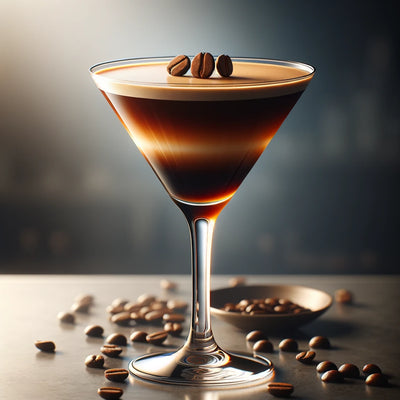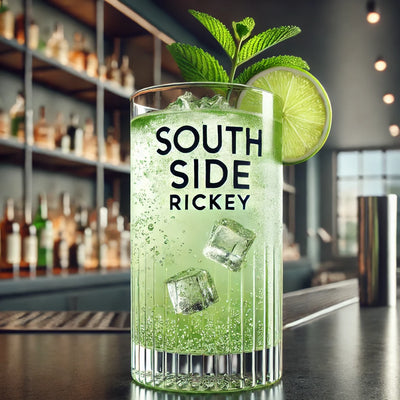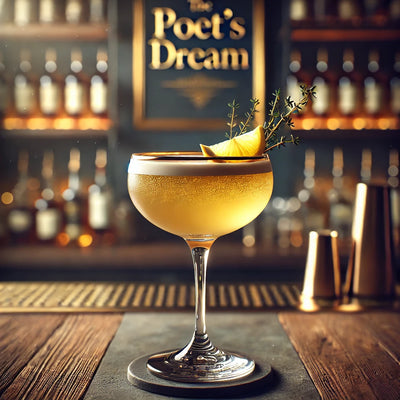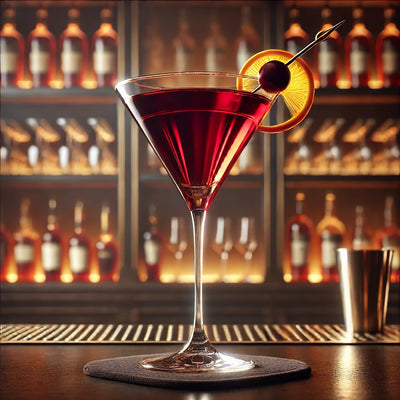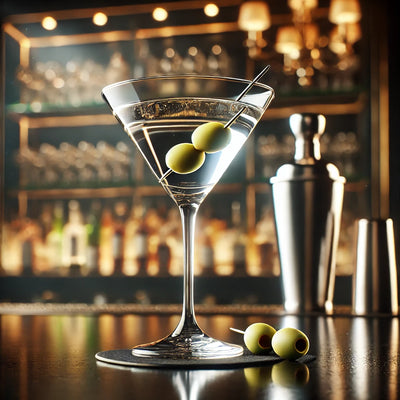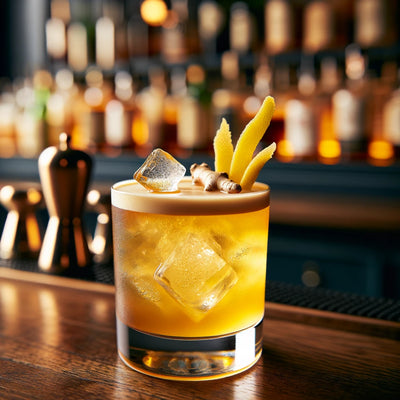Bourbon Cocktails
Bourbon Spirits
The World of Bourbon: America's Native Spirit
Bourbon whiskey is an iconic American spirit that boasts a rich history, a complex production process, and a diverse range of flavors that cater to connoisseurs and casual drinkers alike. As a distinctive product of the United States, bourbon has captivated the hearts of whiskey lovers around the globe, earning its place as a staple in bars and homes. This detailed article delves into the origins, regulations, production methods, and tasting notes that define bourbon, offering a comprehensive guide to understanding and appreciating this beloved spirit.
Origins of Bourbon
The history of bourbon is deeply intertwined with the early days of American settlement, particularly in Kentucky, a state that remains at the heart of bourbon production. While the exact origins of bourbon are somewhat murky, with numerous stories and legends attributing its invention to various individuals, it's widely agreed that bourbon began to take shape in the late 18th century. The name "bourbon" is believed to have been derived from Bourbon County in Kentucky, which was a major shipping hub for distilled spirits heading down the Ohio and Mississippi rivers to New Orleans. Barrels shipped from its ports were stamped with the county's name, and the whiskey's distinct taste became known as bourbon.
What Makes Bourbon Bourbon?
The United States Congress recognized bourbon as a "distinctive product of the United States" in 1964, setting strict legal definitions for what can be labeled as bourbon. These criteria include:
- Production Location: Bourbon must be made in the United States.
- Grain Mixture: The mash bill must contain at least 51% corn, with the remainder typically consisting of barley, rye, or wheat.
- Distillation: Bourbon must be distilled to no more than 160 (U.S.) proof (80% alcohol by volume).
- Aging: It must be aged in new, charred oak barrels for at least two years. However, to be labeled as straight bourbon, the aging process must meet or exceed four years.
- Bottling: When bottled, bourbon must be at least 80 proof (40% alcohol by volume) and cannot contain any added flavoring, coloring, or other additives.
The Bourbon Production Process
The creation of bourbon is both an art and a science, involving several critical steps that influence its final flavor profile:
- Mash Bill Selection: The choice of grains, with corn as the dominant component, affects the sweetness and overall flavor.
- Fermentation: The mash is mixed with water and yeast, which converts the sugars into alcohol, creating a beer-like liquid called "distiller’s beer."
- Distillation: The beer is distilled, concentrating the alcohol and extracting the desired flavors.
- Aging: The distilled spirit is aged in new, charred oak barrels, where it develops complexity, color, and character from the wood.
- Bottling: After aging, the bourbon is filtered and diluted with water to the desired proof before bottling.
Tasting Bourbon
Bourbon tasting is a sensory experience that reveals the spirit's complexity. Key notes to look for include:
- Aroma: Bourbon typically has a sweet, corn-based aroma with hints of vanilla, oak, caramel, and spices.
- Taste: The palate can detect flavors ranging from vanilla and caramel to toasted nuts, fruits, and spices, depending on the mash bill and aging process.
- Finish: The finish refers to the aftertaste and the length of time the flavors linger, with a quality bourbon offering a smooth, warming, and complex finish.
Bourbon Varieties
There are several varieties of bourbon, each offering a unique tasting experience:
- Traditional Bourbon: Made with a mash bill that emphasizes corn, with smaller amounts of barley and rye or wheat.
- High-Rye Bourbon: Contains a higher percentage of rye, offering spicier and more robust flavors.
- Wheated Bourbon: Uses wheat instead of rye, resulting in a softer, smoother profile.
- Single Barrel Bourbon: Bottled from a single barrel, providing a unique flavor characteristic of that particular barrel.
- Small Batch Bourbon: A blend of selected barrels, intended to achieve a specific flavor profile.
Conclusion
Bourbon whiskey is a testament to American craftsmanship, tradition, and innovation. From its humble beginnings to its rise as a globally recognized spirit, bourbon has remained a symbol of quality and heritage. Whether enjoyed neat, on the rocks, or as the foundation of a classic cocktail, bourbon offers a rich tapestry of flavors that celebrate the American spirit. As bourbon continues to evolve, its story remains a captivating chapter in the broader narrative of whiskey.
